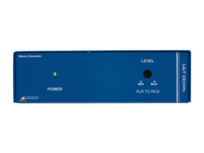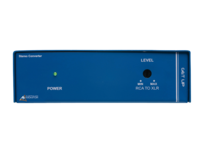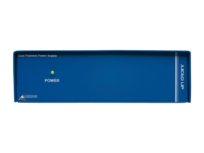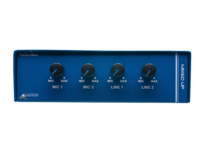Other audio
Filter
Product added to your quotation. Go to the quote page to complete your quotation request, we will contact you as soon as possible.
What is it?
Other audio refers to the various products that are not directly part of the core components of an audio system but are still essential for optimal operation and performance. This category includes a wide range of products that help enhance audio quality, solve technical issues, and provide additional functionality. Examples of such products include audio tools, DI boxes, wireless audio systems, phantom power supplies, ground loop isolators, measurement equipment, speaker processors, and splitters and summers.
Loading...

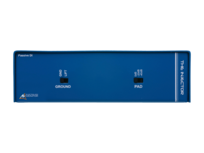
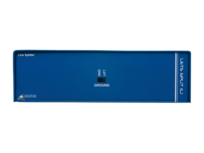
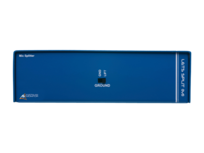
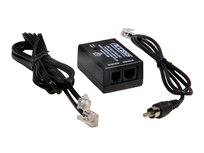
Usage
Audio tools are used to perform various audio-related tasks, such as measuring sound levels, adjusting audio sources, and managing signals.
DI boxes are devices used to connect unbalanced signal sources to a balanced input system, such as a mixing console.
Wireless audio systems allow audio to be transmitted without cables, providing freedom of movement and minimizing cable clutter. Phantom power supplies are necessary for condenser microphones that require an external power source to operate correctly. This power supply ensures that the microphone receives adequate power to amplify signals.
Ground loop isolators are used to eliminate unwanted hum and buzz caused by ground loops in an audio setup. They ensure that the audio signal remains clean by suppressing unwanted electrical interference.
Measurement equipment includes various instruments such as audio meters and oscilloscopes used to analyze and monitor the quality and performance of audio equipment. This equipment is crucial for tuning and calibrating audio systems.
Speaker processors are used to improve the sound quality of speakers by adjusting frequency response, performing crossovers, and optimizing sound reproduction. They are essential for tuning speaker systems to the specific acoustics of a space.
Splitters and combiners are devices that split or combine audio signals. Splitters allow a single audio signal to be sent to multiple channels, while combiners merge multiple audio signals into one output. They are useful in situations where signal distribution or merging is needed.
Installation
Precision and care are crucial during the installation of these products. For audio tools, it is important to ensure they are correctly calibrated and used properly to obtain reliable measurements. DI boxes should be placed between the audio source and the mixer, with the correct cables connected to ensure a balanced signal. For wireless audio systems, careful tuning of frequencies and proper placement of transmitters and receivers are required to prevent interference and ensure a stable signal.
Phantom power supplies should be connected to a power source and properly integrated with the microphones to ensure a reliable power supply. Ground loop isolators should be placed between devices to isolate ground loops and eliminate unwanted noise. Measurement equipment must be set up and calibrated according to the manufacturer's specifications to obtain accurate measurements.
Speaker processors should be installed between the audio source and the speakers, with settings adjusted to optimize frequency response and other sound parameters. Splitters and combiners should be installed with the correct connections and configurations to ensure that signals are properly split or combined, depending on the needs of the system.
Want to know more?
By paying attention to these installation aspects, you can achieve an optimally functioning audio system that meets the high standards of both professional and amateur audio applications. Tau can advise you to ensure you have the right products for your project. Feel free to contact one of our experts at info@tau.nl or call us at +31(0) 50 549 90 90.

Need help?
Call us on +31(0)50 - 549 90 90
Sign up for our newsletter
Don't miss a single update, sign up now!







